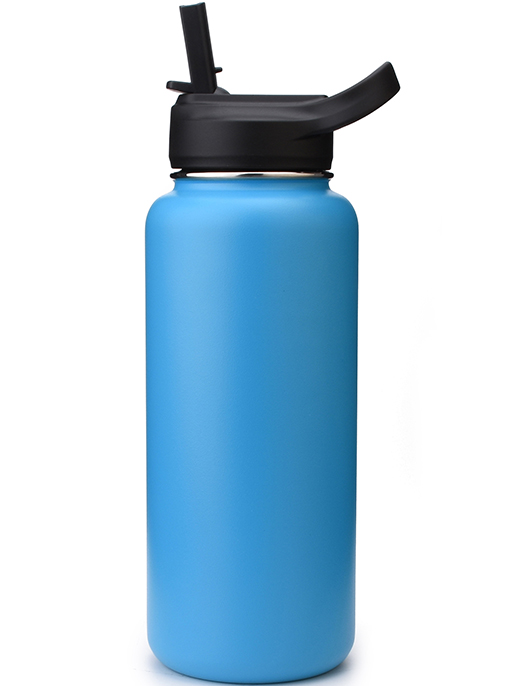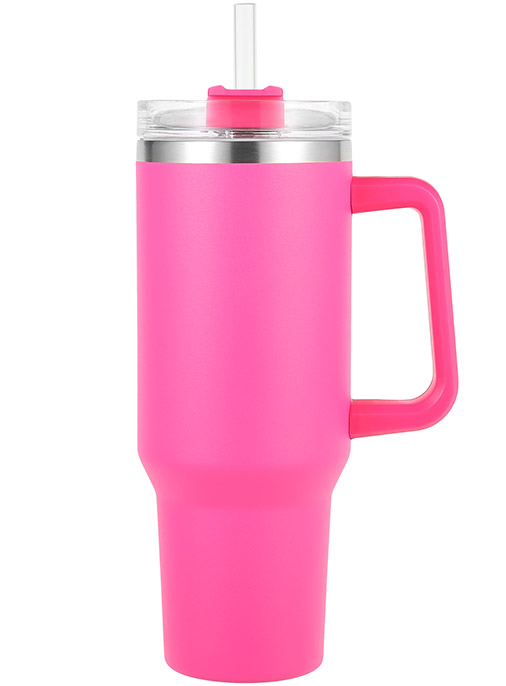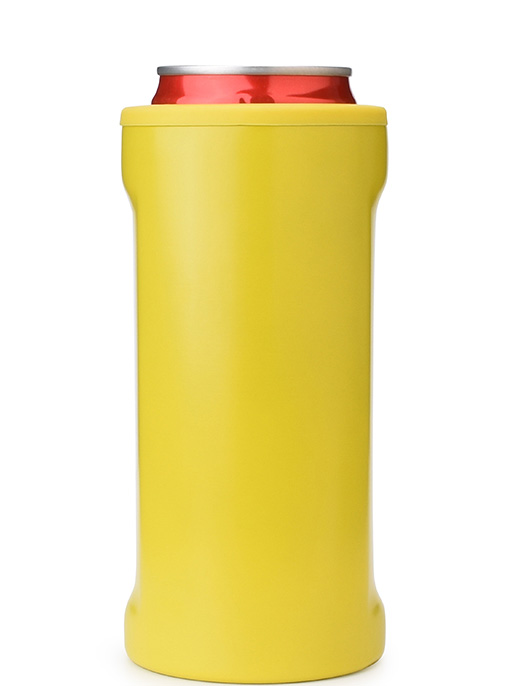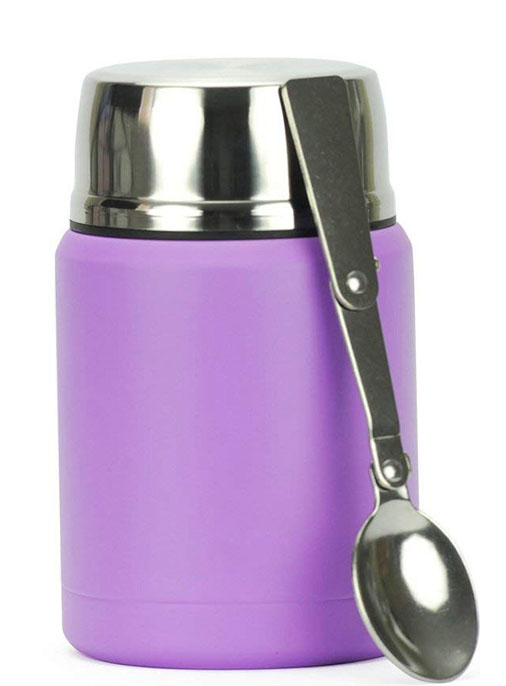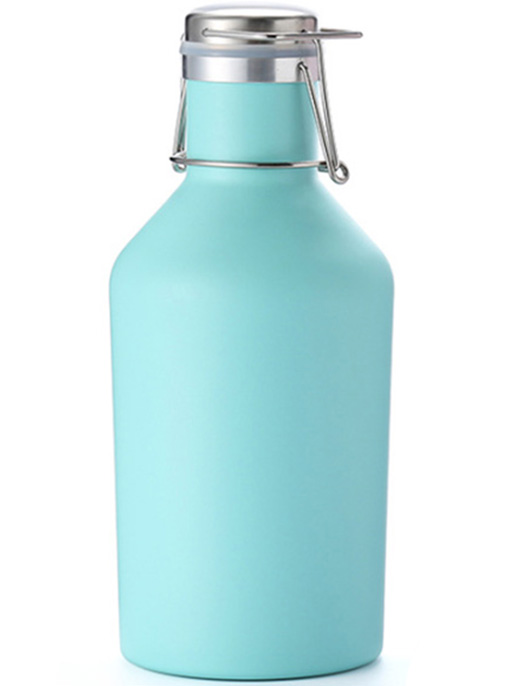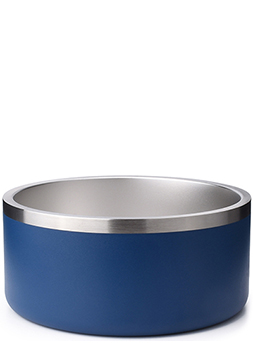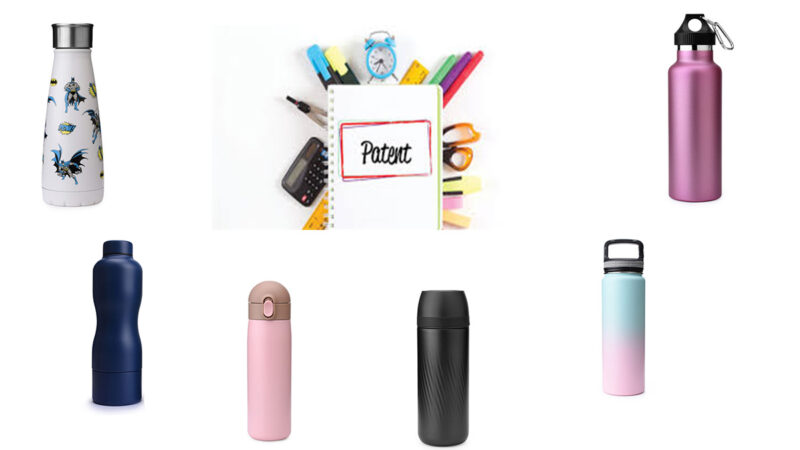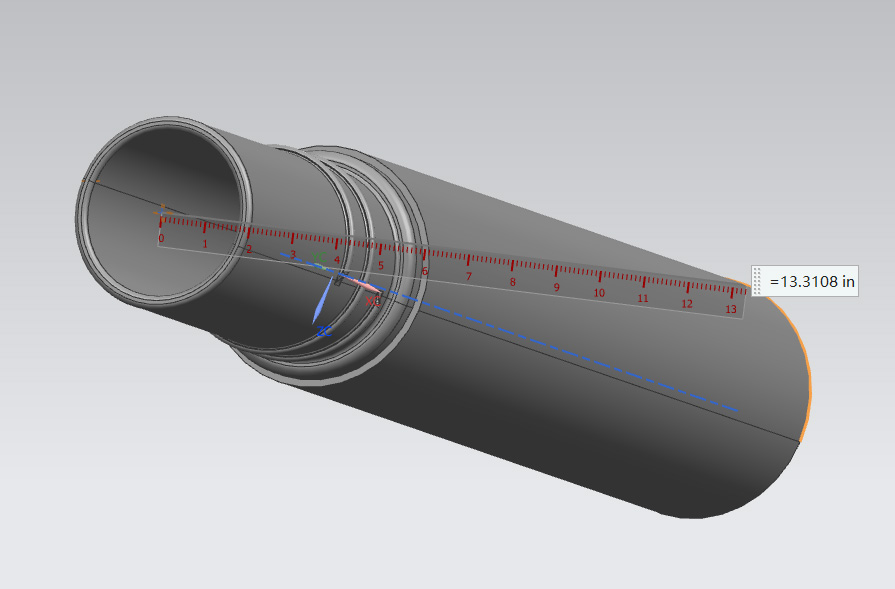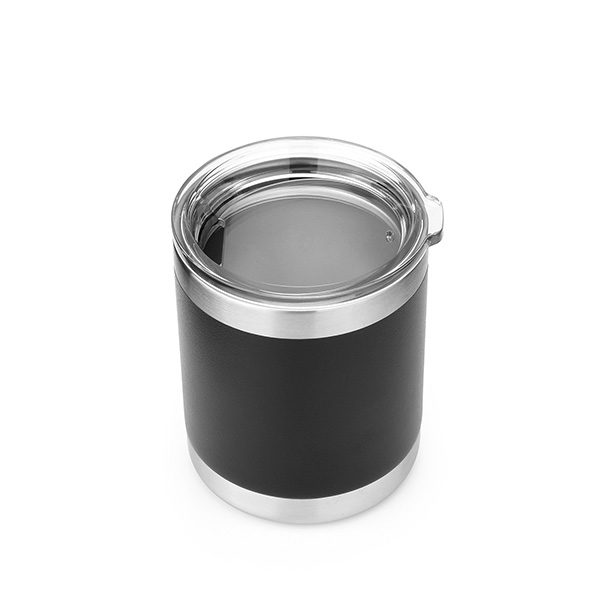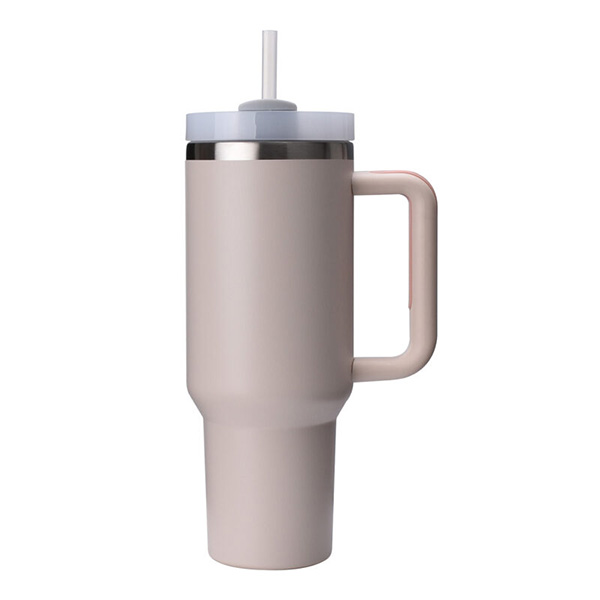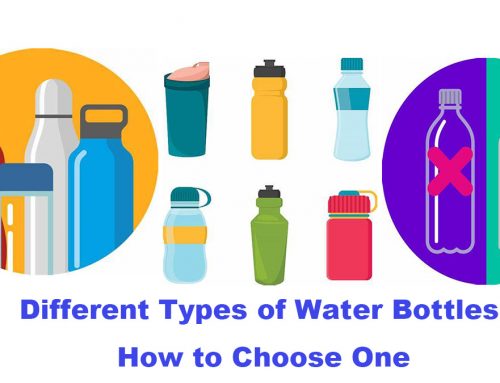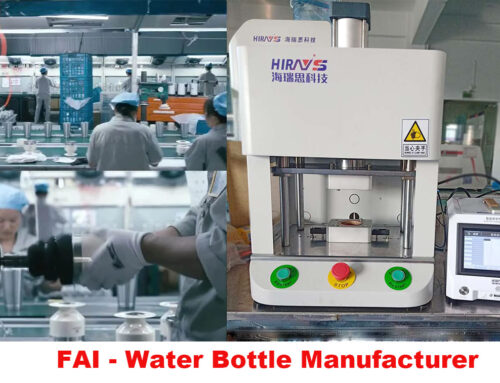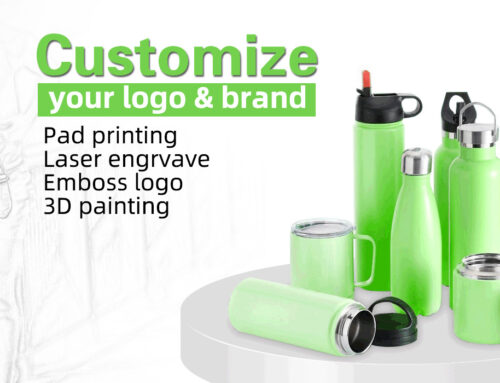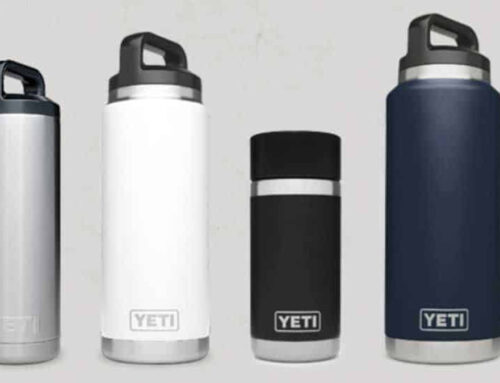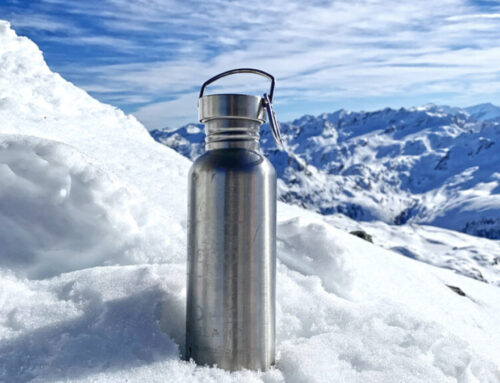1. What is patent?
-
Utility p atents: The most common type of patents are utility patents, which cover new and useful inventions or discoveries. These patents can be granted for processes, machines, articles of manufacture, and compositions of matter. They provide the broadest protection for the functionality or usefulness of an invention. -
Design p atents: Design patents focus on the visual appearance of an invention, specifically its ornamental or aesthetic aspects. They are granted for new and original designs that enhance the look of a manufactured item. Unlike utility patents, design patents do not protect the functional elements of the invention; they solely safeguard its visual appeal. -
Plant p atents: Plant patents are granted for new and unique types of plants that are reproduced without the use of seeds, but rather through methods like grafting or cutting.
2. Why should water bottle sellers care about patent infringement?
-
Legal c onsequences: Selling water bottles that infringe on patents or technologies can get you in legal trouble. Patent holders have the right to protect their ideas, and if they catch someone of their patent infringement, they can take legal action, like filing a lawsuit, getting an injunction or seeking damages. -
Financial i mpact: Legal battles resulting from patent infringement can be quite expensive. Water bottle sellers might end up facing significant financial damages and could be required to pay royalties or other fees if they are found guilty of patent -
Business r eputation: Accusing or finding water bottle sellers guilty of patent infringement can seriously harm their reputation. It could make customers, partners, and investors see the your water bottle sales in a negative light, which would affect relationships and trust. -
Market c ompetition: If you copy patented water bottle designs or technologies, you might get kicked out of the market. If legal action is taken and a court order is issued, the seller may have to stop selling the copied products, giving competitors with original products a big advantage. -
Supply c hain d isruptions: Patent infringement cases can really mess up the supply chain. Sellers might have to stop making and selling those knockoff water bottles, which could result in losing inventory and facing all sorts of operational headaches. -
Long- t erm v iability: Being constantly involved in patent infringement cases can seriously impact the long-term survival of a water bottle seller. It might make them reconsider their business strategies and realize the importance of implementing more comprehensive intellectual property management practices. -
Global o perations: The patent infringement cases can have a global impact for sellers who operate internationally. It gets complicated because different jurisdictions have their own legal standards and outcomes, which adds complexity to the legal challenges.
3. What behaviors belong to patent infringement?
-
Making, u sing, s elling, or o ffering for s ale : Engaging in the manufacturing, use, sale, or offering for sale of a product or process that is covered by someone else’s patent without obtaining the necessary license or permission. -
Importation: Importing products into a country where the patented invention is protected without the authorization of the patent holder. -
Contributory i nfringement: Providing components, parts, or materials that contribute to the creation of a patented invention, knowing or actively encouraging their use in an infringing manner. -
Inducing i nfringement: Encouraging or inducing others to infringe on a patent, for example, by providing instructions or guidance on how to use a product in a way that infringes on a patented method. -
Literal i nfringement: Directly copying or reproducing all or a substantial part of the patented invention without permission. -
Equivalent i nfringement: Making, using, or selling a product that may not be an exact copy of the patented invention but still performs substantially the same function in a similar way and achieves the same result. -
Unauthorized l icensing: Granting licenses for the patented invention without the right to do so, either intentionally or due to a misunderstanding of the patent holder’s rights. Click and read more about NDA: Custom Design Water Bottle Manufacturing: Why NDA Is Important
4. What is water bottle patent infringement?
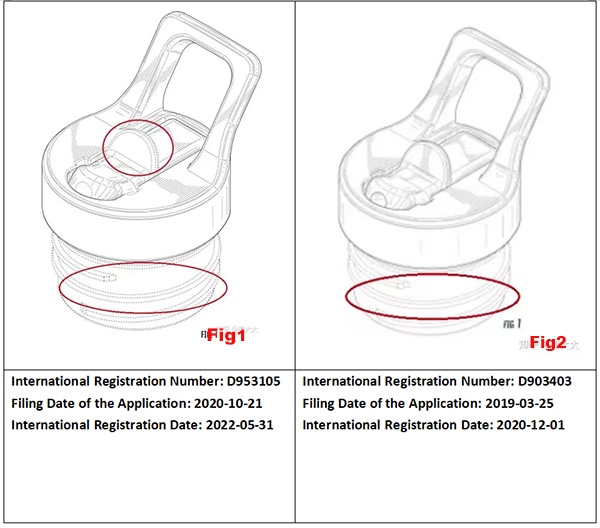
5. How to avoid patent infringement for your water bottle sales?
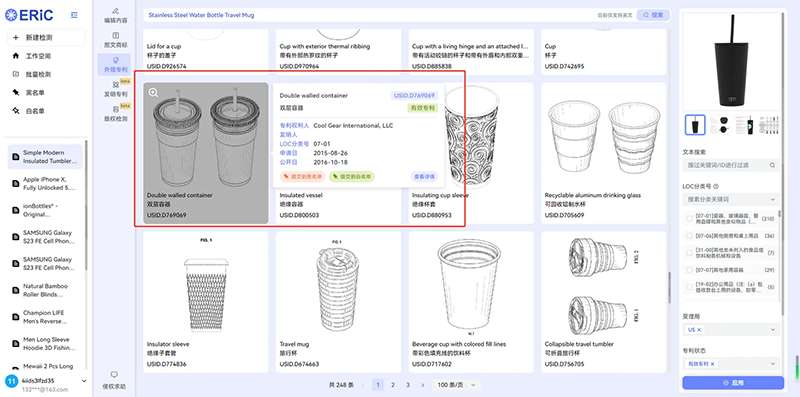
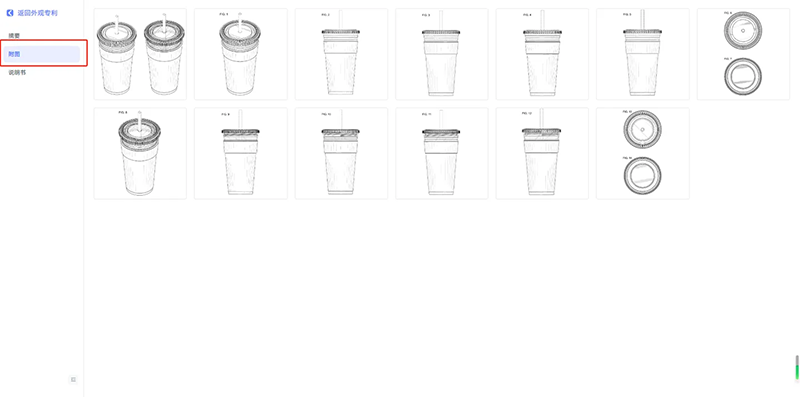
-
Identify design patents that are similar. Click on a card representing a relevant design patent to access its details. -
In the detail page, open the side-by-side comparison of the original images to compare them with your product. As a U.S. seller, pay special attention to distinguishing between dashed and solid lines. -
Check the design patent’s LOC classification, grant date, and other information to determine its relevance to your product. -
Navigate to the attached images section to review all pictures related to the design patent and compare them with your product. -
Finally, examine the design patent’s specification carefully.
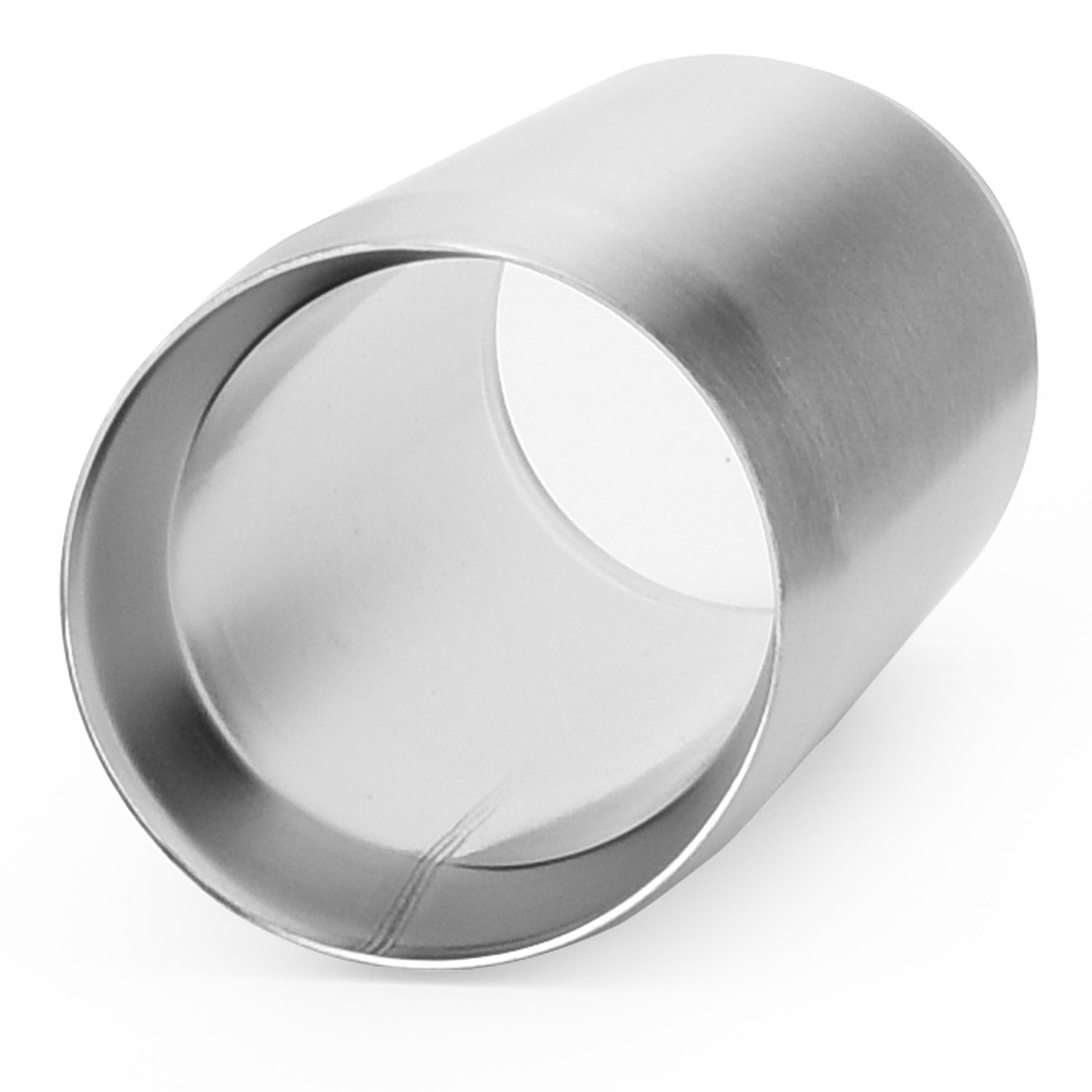
6. Conclusion

